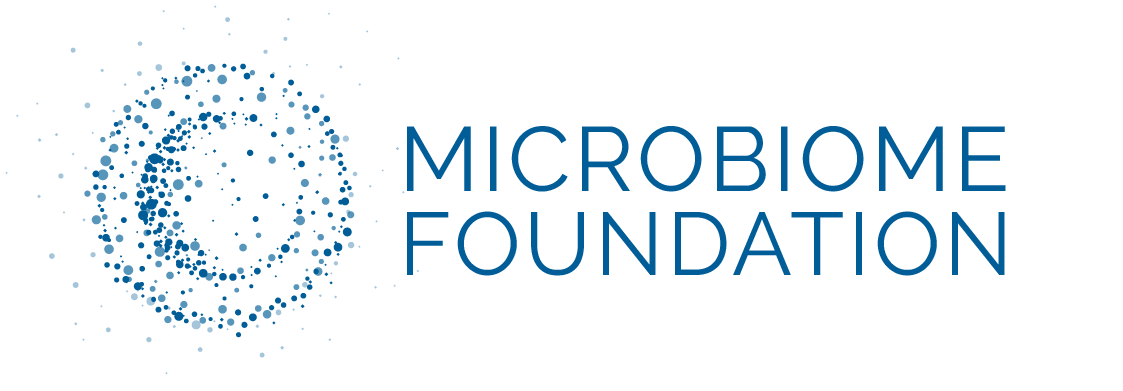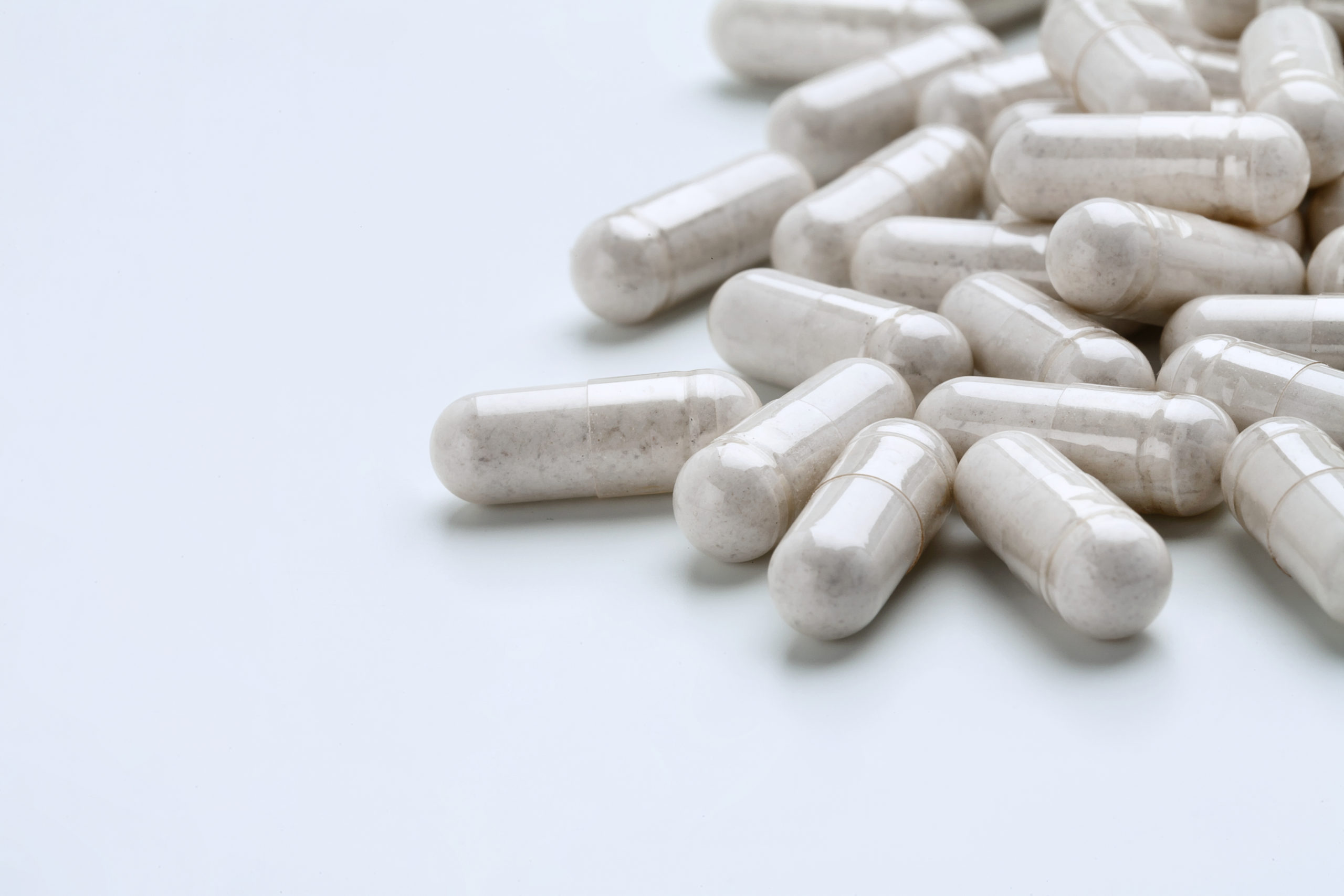For a few years now, probiotics have gained enormous popularity among the general public. The discovery of probiotics has long been based on a so-called “top-down” approach in which certain bacteria in the gut microbiota were found in greater quantities in healthy individuals compared to patients whose health was impaired. Thus, a range of bacteria proposed naturally beneficial to health has been discovered such as the strains of Bifidobacterium and Lactobacillus (1). However, the advent and development of new molecular technologies has allowed us to identify new probiotic candidates for which culture was previously limited (2).
For example, a small proportion of Faecalibacterium prausnitzii (F prausnitzii) has been found in the gut microbiota of a number of patients with diabetes, colorectal cancers and was strongly associated with an increased risk of relapse of Crohn’s disease (CD) (3–6). This result suggests that F prausnitzii could be used as a potential treatment to correct dysbiosis and reduce inflammation in patients with Crohn’s disease. Indeed, F prausnitzii produces certain particular molecules (butyrate and salicylic acid in particular) which have the ability to inhibit certain inflammatory pathways and stimulate other anti-inflammatory pathways in the host (7). Butyrate is also capable of inducing apoptosis (death) of cancer colonic cells (8). The anti-inflammatory properties of F prausnitzii seem to make this bacterium an interesting probiotic candidate in the treatment of a number of pathologies. However, F prausnitzii is unfortunately very sensitive to oxygen, which makes its development as a probiotic particularly difficult.
The probiotic strain Akkermancia muciniphila (A. muciniphila); a bacterium not very present in the microbiota of patients suffering from obesity, type 2 diabetes and chronic inflammatory bowel disease has also been identified by this so-called “top-down” approach (9–12). It is especially in the context of obesity that this probiotic is currently being studied. Indeed, the administration of this bacterium in animal models fed with a diet high in fat (mouse model of obesity) has revealed an effectiveness against the development of obesity. More specifically, A. muciniphila appears to improve certain metabolic parameters associated with obesity such as insulin resistance, fatty liver disease (infiltration of lipids into the liver) and intestinal permeability (which may be favourable to the harmful passage for the body of certain bacterial molecules, such as LPS (https://microbiome-foundation.org/the-gut-microbiota-energy-metabolism-and-obesity-part-2/?lang=en) (13–15). Recently, this bacterium has been the subject of a clinical study on a small number of overweight or obese subjects and confirms the beneficial role of A muciniphila on the metabolic parameters mentioned above (16). The mechanisms by which A muciniphila prevents obesity, are not yet fully known. However, a very recent study demonstrates that the bacterium is able to produce a specific protein that would act on the intestinal release of a hormone (Glucagon-like peptide 1) involved in the regulation of carbohydrate metabolism. This protein would also lead to an increase in energy expenditure (in particular thermogenesis; the body’s ability to produce heat) which could then contribute to weight loss (17). However, in the clinical study cited above, only trends in the reduction of body weight, fat mass and hip circumference were observed in subjects treated compared to the placebo group (16).
In addition to the “top down” strategy presented above, a so-called “bottom-up” strategy has recently emerged as part of the technical advances related to the intestinal microbiota and probiotic identification. This “bottom-up” strategy is based on the computer prediction of potential bacteria to produce molecules (metabolites or proteins) capable of modulating the metabolism of the microbiota or host and therefore playing an important role on health or pathologies. This is how hafnia alvei strain 4597was identified, which has the ability to produce a protein (caseinolytic peptidase B; ClpB) mimicking the effects of the anorectic neuropeptide α-melanocytes stimulating hormone (α-MSH) a “hunger-cutting” hormone produced by the brain (18). In addition, a lower abundance ofEnterobacterales (ClpB-producing bacteria) has been found in the microbiota of obese patients (19–21). Obese mice, fed a high-fat diet and supplemented with the probiotic strain Hafnia alvei 4597, show a reduction in weight gain, fat mass gain and a reduction in their food consumption (18,19). In addition, these effects are associated with the improvement of metabolic consequences induced by the high-fat diet such as the reduction of hyperglycemia and cholesterol. These results suggest that this probiotic via the ClpB protein would lead on the one hand to greater satiety and on the other hand would help to reduce body weight. A clinical study carried out in overweight subjects supplemented with this probiotic strain has demonstrated a certain effectiveness on weight loss, the reduction of hip circumference, the increase in the feeling of satiation (yet under low-calorie diet …) and an improvement in fasting blood glucose (22). These results therefore confirm the use of the probiotic strain Hafnia alvei 4597 in the overall management of excess weight.
Soon, these so-called “precision” probiotics generated by the “top-down” or “bottom-up” approaches, will be used for precision nutrition or the prevention of certain pathologies. For example, these probiotics can be used to stimulate the production of beneficial microbial metabolites or on the contrary inhibit the production of deleterious compounds. The restoration of an ecological balance through the introduction of key species is increasingly being studied in various pathological situations. Nevertheless, their evidence of effectiveness sometimes remains discordant, heterogeneous and conflictual between industry and the medical and scientific communities. This disparity can be explained, among other things, by the nature of the initial microbiota that resides in the intestines of individuals supplemented with probiotics. Indeed, recent studies have shown that so-called “persistent” microbiota are more resistant to the colonization of certain probiotic bacteria than “permissive” individuals (23–25). In the future, research on probiotic development will have to consider this factor of intrinsic inter-individual variability and better “phenotype” the populations studied in order to optimize the effectiveness of new generation probiotics.
References
1. Kelly JR, Allen AP, Temko A, Hutch W, Kennedy PJ, Farid N, et al. Lost in translation? The potential psychobiotic Lactobacillus rhamnosus (JB-1) fails to modulate stress or cognitive performance in healthy male subjects. Brain Behav Immun. 2017 Mar;61:50-9.
2. O’Toole PW, Marchesi JR, Hill C. Next-generation probiotics: the spectrum from probiotics to live biotherapeutics. Nat Microbiol. 25 Apr 2017;2:17057.
3. Sokol H, Pigneur B, Watterlot L, Lakhdari O, Bermúdez-Humarán LG, Gratadoux J-J, et al. Faecalibacterium prausnitzii is an anti-inflammatory commensal bacterium identified by gut microbiota analysis of Crohn disease patients. PNAS. 2008 Oct 28;105(43):16731-6.
4. Prosberg M, Bendtsen F, Vind I, Petersen AM, Gluud LL. The association between the gut microbiota and the inflammatory bowel disease activity: a systematic review and meta-analysis. Scandinavian Journal of Gastroenterology. 2016 Dec 1;51(12):1407-15.
5. Karlsson FH, Tremaroli V, Nookaew I, Bergström G, Behre CJ, Fagerberg B, et al. Gut metagenome in European women with normal, impaired and diabetic glucose control. nature. 2013 Jun 6;498(7452):99-103.
6. Konstantinov SR, Kuipers EJ, Peppelenbosch MP. Functional genomic analyses of the gut microbiota for CRC screening. Nature Reviews Gastroenterology & Hepatology. 2013 Dec;10(12):741-5.
7. Ferreira-Halder CV, Faria AV de S, Andrade SS. Action and function of Faecalibacterium prausnitzii in health and disease. Best Practice & Research Clinical Gastroenterology. 2017 Dec 1;31(6):643-8.
8. De Vadder F, Kovatcheva-Datchary P, Goncalves D, Vinera J, Zitoun C, Duchampt A, et al. Microbiota-Generated Metabolites Promote Metabolic Benefits via Gut-Brain Neural Circuits. Cell. 2014 Jan 16;156(1):84-96.
9. Png CW, Lindén SK, Gilshenan KS, Zoetendal EG, McSweeney CS, Sly LI, et al. Mucolytic Bacteria With Increased Prevalence in IBD Mucosa AugmentIn VitroUtilization of Mucin by Other Bacteria. Official journal of the American College of Gastroenterology | CAE. Nov 2010;105(11):2420-8.
10. Dao MC, Everard A, Aron-Wisnewsky J, Sokolovska N, Prifti E, Verger EO, et al. Akkermansia muciniphila and improved metabolic health during a dietary intervention in obesity: relationship with gut microbiome richness and ecology. Gut. 2016 Mar 1;65(3):426-36.
11. Zhang X, Shen D, Fang Z, Jie Z, Qiu X, Zhang C, et al. Human Gut Microbiota Changes Reveal the Progression of Glucose Intolerance. PLOS ONE. 27 Aug 2013;8( 8):e71108.
12. Yassour M, Lim MY, Yun HS, Tickle TL, Sung J, Song Y-M, et al. Sub-clinical detection of gut microbial biomarkers of obesity and type 2 diabetes. Genome Med. Dec 2016;8( 1):1‑14.
13. Everard A, Belzer C, Geurts L, Ouwerkerk JP, Druart C, Bindels LB, et al. Cross-talk between Akkermansia muciniphila and intestinal epithelium controls diet-induced obesity. Proc Natl Acad Sci U S A. 28 May 2013;110(22):9066-71.
14. Everard A, Plovier H, Rastelli M, Van Hul M, de Wouters d’Oplinter A, Geurts L, et al. Intestinal epithelial N-acylphosphatidylethanolamine phospholipase D links dietary fat to metabolic adaptations in obesity and steatosis. Nat Commun. 2019 Jan 28;10(1):457.
15. Plovier H, Everard A, Druart C, Depommier C, Van Hul M, Geurts L, et al. A purified membrane protein from Akkermansia muciniphila or the pasteurized bacterium improves metabolism in obese and diabetic mice. Nat Med. 2017 Jan;23(1):107-13.
16. Depommier C, Everard A, Druart C, Plovier H, Van Hul M, Vieira-Silva S, et al. Supplementation with Akkermansia muciniphila in overweight and obese human volunteers: a proof-of-concept exploratory study. Nat Med. 2019;25(7):1096‑103.
17. Yoon HS, Cho CH, Yun MS, Jang SJ, You HJ, Kim J, et al. Akkermansia muciniphila secretes a glucagon-like peptide-1-inducing protein that improves glucose homeostasis and ameliorates metabolic disease in mice. Nature Microbiology. 2021 May;6(5):563-73.
18. Lucas N, Legrand R, Deroissart C, Dominique M, Azhar S, Le Solliec M-A, et al. Hafnia alvei HA4597 Strain Reduces Food Intake and Body Weight Gain and Improves Body Composition, Glucose, and Lipid Metabolism in a Mouse Model of Hyperphagic Obesity. Microorganisms. 23 Dec 2019;8( 1).
19. Legrand R, Lucas N, Dominique M, Azhar S, Deroissart C, Le Solliec M-A, et al. Commensal Hafnia alvei strain reduces food intake and fat mass in obese mice-a new potential probiotic for appetite and body weight management. Int J Obes (Lond). Jan 7, 2020;
20. Arnoriaga-Rodríguez M, Mayneris-Perxachs J, Burokas A, Pérez-Brocal V, Moya A, Portero-Otin M, et al. Gut bacterial ClpB-like gene function is associated with decreased body weight and a characteristic microbiota profile. Microbiome. 30 2020;8( 1):59.
21. Million M, Angelakis E, Maraninchi M, Henry M, Giorgi R, Valero R, et al. Correlation between body mass index and gut concentrations of Lactobacillus reuteri, Bifidobacterium animalis, Methanobrevibacter smithii and Escherichia coli. Int J Obes (Lond). Nov 2013;37(11):1460-6.
22. Déchelotte P, Breton J, Trotin-Picolo C, Grube B, Erlenbeck C, Bothe G, et al. The Probiotic Strain H. alvei HA4597® Improves Weight Loss in Overweight Subjects under Moderate Hypocaloric Diet: A Proof-of-Concept, Multicenter Randomized, Double-Blind Placebo-Controlled Study. Nutrients. 2021 Jun 1;13(6):1902.
23. Suez J, Zmora N, Segal E, Elinav E. The pros, cons, and many unknowns of probiotics. Nat Med. 2019 May;25(5):716-29.
24. Zhang C, Derrien M, Levenez F, Brazeilles R, Ballal SA, Kim J, et al. Ecological robustness of the gut microbiota in response to ingestion of transient food-borne microbes. The ISME Journal. 2016 Sep;10(9):2235-45.
25. Zmora N, Zilberman-Schapira G, Suez J, Mor U, Dori-Bachash M, Bashiardes S, et al. Personalized Gut Mucosal Colonization Resistance to Empiric Probiotics Is Associated with Unique Host and Microbiome Features. Cell. 2018 Sep 6;174(6):1388-1405.e21.
Author

Jonathan Breton


